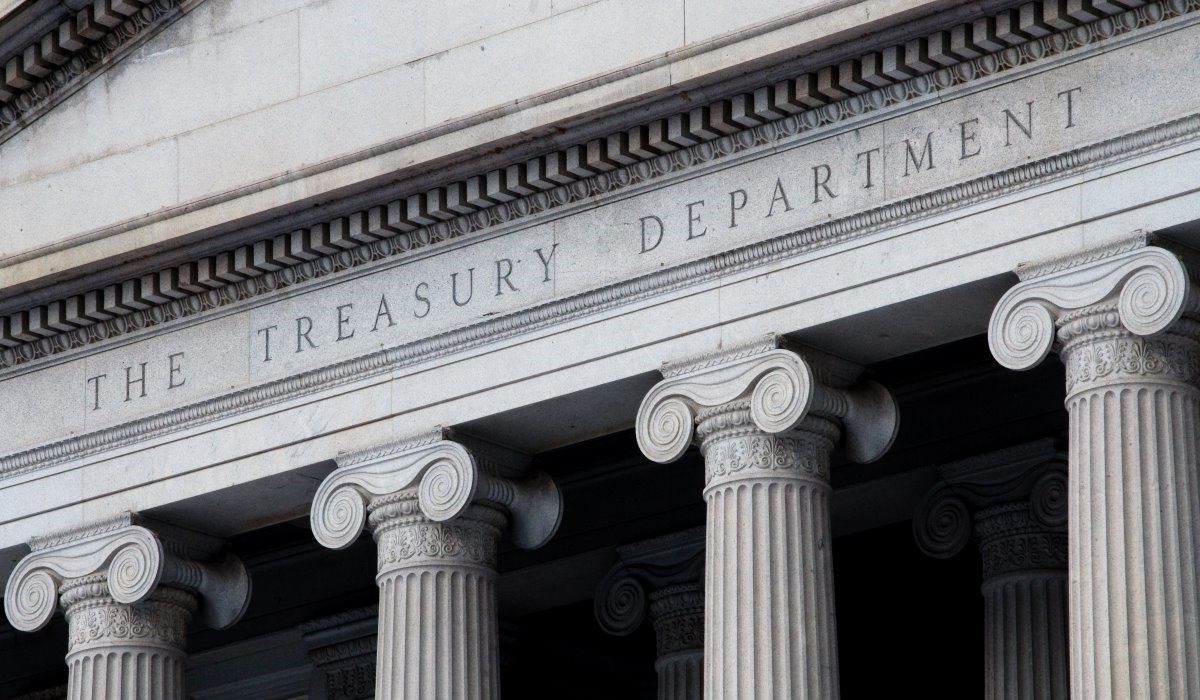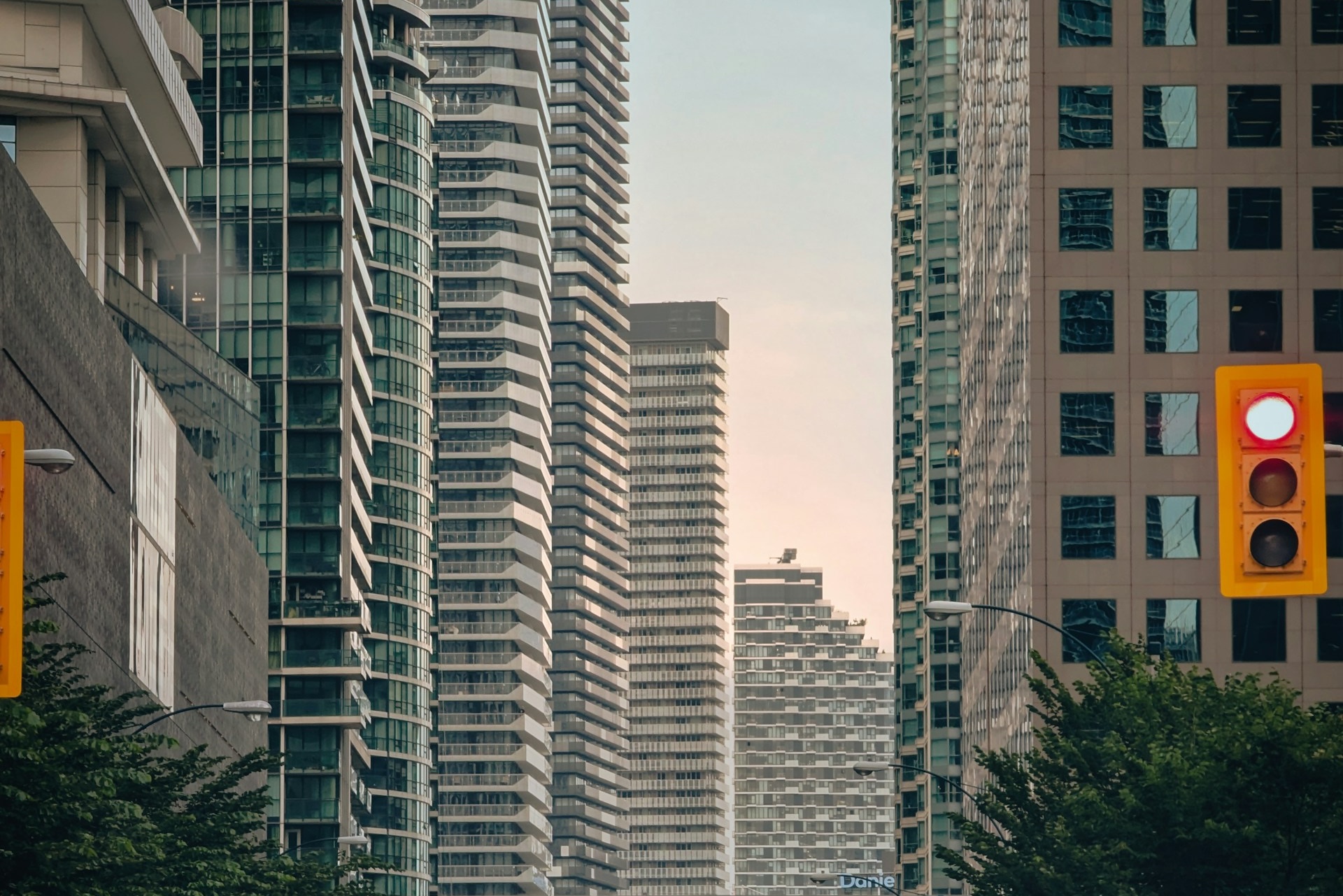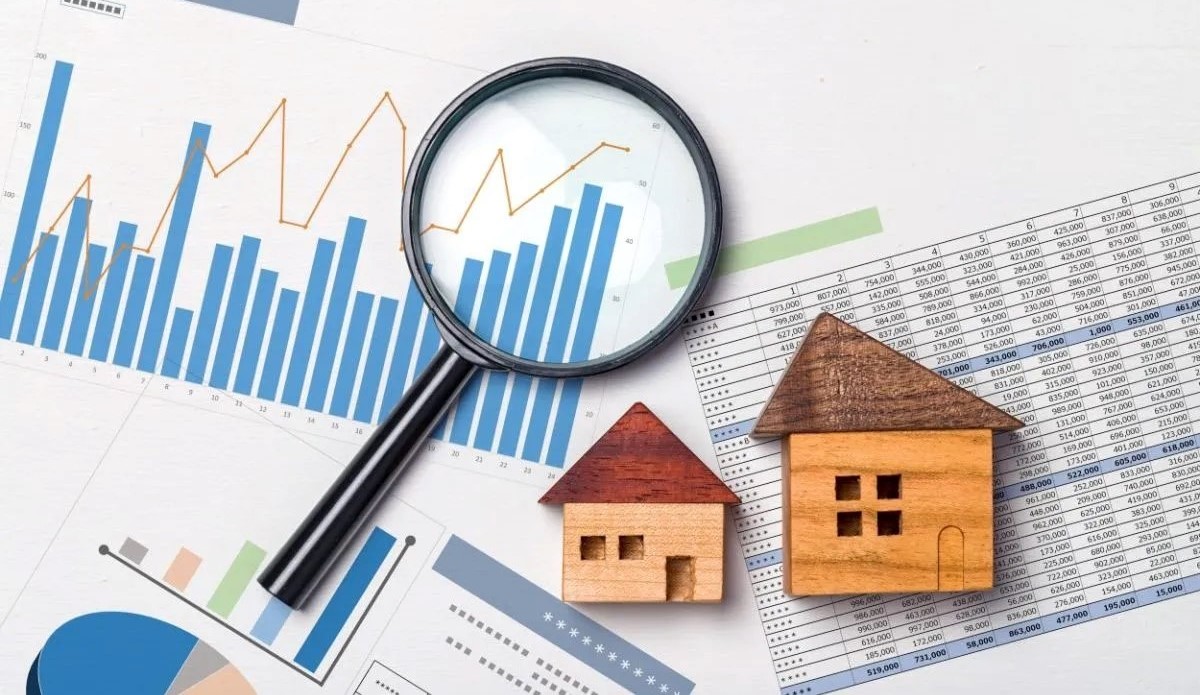This week the Victorian government announced a significant reduction in the stamp duty payable on off- the-plan apartments, units, and townhouses – a move designed to stimulate development at a time when boosting housing supply could not be more critical.
Prior to the announcement, first-home buyers and other owner-occupiers were the only purchasers eligible to benefit from stamp-duty concessions on off-the-plan properties, with concessions subject to price caps.
Now, not only is the stamp duty concession available to all buyers including investors, but price caps have been scrapped.
The change means that, for developments not yet under construction at the time of purchase, stamp duty will be calculated based only on the land value, rather than the total price of the property.
The Victorian government has announced a plan to slash stamp duty slashed on apartments, units, and townhouses bought off the plan Picture: NewsWire / Nadir Kinani
For buyers, the potential savings on offer are substantial. As an example, a buyer purchasing a $620,000 apartment off-the-plan stands to save about 75%, or $28,000, if they purchase prior to construction commencing.
The concession will be available for 12 months starting from 21 October 2024 and will apply to any property that is part of a strata subdivision. Properties that are not part of a strata subdivision, such as house and land packages, will not be eligible for the concession.
The decision to specifically target properties such as apartments, rather than houses, comes at a time when the number of high-density dwellings in the development pipeline has fallen to decade-low levels.
Concerningly, the number of new-loan commitments for the construction of dwellings in Victoria was 20% lower comparing August 2024 with August 2023, with purchases of residential land down 34%, according to the Australian Bureau of Statistics.
Construction commencements of apartments, units and townhouses fell to its lowest level since 2009 in the June quarter. Image: Stefan Postles
Over the June quarter, just 3,517 dwellings – excluding houses – began construction in Victoria, the lowest level seen in a single quarter since 2009. High construction costs have plagued the sector, reducing the feasibilities of many apartment projects.
New house developments, in contrast, have been more resilient, with new construction starts in line with the pre-pandemic 10-year average level.
But will this move to reduce stamp duty be enough to drive a recovery in the supply of higher density dwellings? There are some challenges to consider.
Currently, there is a mismatch between the price point of listed apartment developments and what buyers are looking to pay. Due to the high cost of developing apartments in the current market, those projects that are underway are typically premium apartments selling at a higher price points, and therefore more feasible in the current market.
In September, just 20% of the new unit and apartment developments listed for sale in Greater Melbourne on realestate.com.au were advertised at the sub-$600,000 level. This is in stark contrast to buyer demand, with 63% of all enquiries for new unit/apartment developments at the sub-$600,000 level during the month.
If the stamp-duty discount can redirect more demand away from established units and apartments to new, this could help support price growth for new properties, which may help to increase the feasibility of some projects. It may also help with achieving the pre-sales necessary for some projects to commence.
Victoria's rapid population growth has created a need for more apartments. Picture: Mark Stewart
Opening up the stamp-duty concession to investors is also a good move. Investors can have a lot to gain from buying new, as these properties typically offer higher levels of depreciation compared with established homes, which can result in significant tax benefits. The rents achievable on newer properties are also typically higher.
What’s more, Victoria is in the midst of a rental crisis, with just 1.7% of rental properties sitting vacant in September. The rapid population growth Victoria has seen and continues to experience, has resulted in the need for more rental properties. Unfortunately, Victoria has consistently seen more property investors sell than buy for more than five years now, due to unfavourable tax settings.
During the 2024 financial year alone, the number of rental properties in Victoria shrank by 21,712, according to Victoria’s Department of Families, Fairness and Housing.
Victoria desperately needs more homes, and increasing incentives for buying new are welcome. But whether the move will be enough to shift the dial and drive up development activity remains to be seen.



















 English (US) ·
English (US) ·